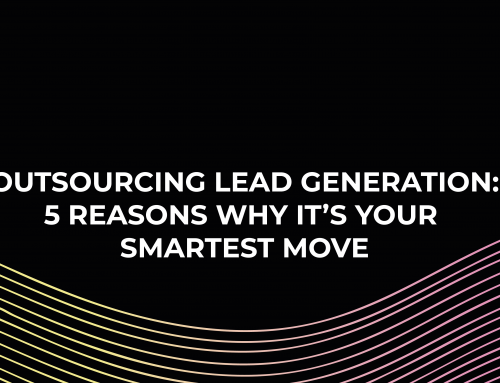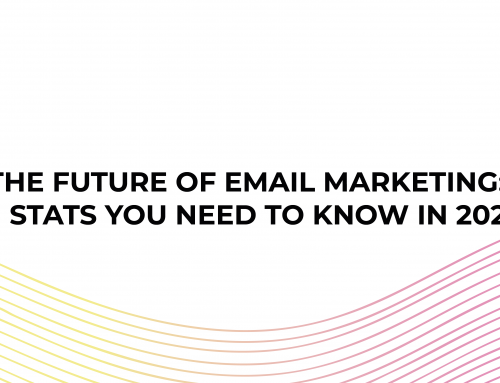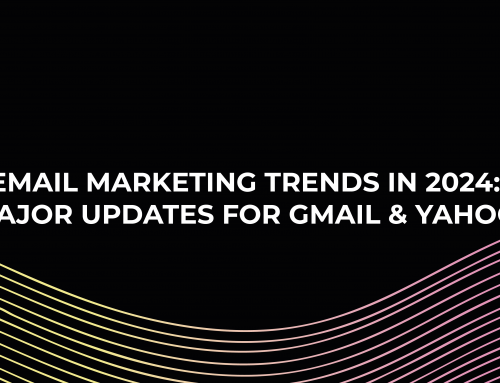If you were to sit down and ask yourself, “what exactly am I trying to achieve through email marketing” you would be sitting there all day.
There are so many different metrics to consider when evaluating your email marketing campaign’s success.
The first thing you must do is establish the goals of your email marketing campaign. Are you focused on increasing conversions, generating leads or something else entirely? Once you have done this, you can start thinking about every metric that may be relevant to your goal.
Let’s take a closer look at some of the metrics you should be considering when trying to determine email marketing success.
Open Rate
Reaching the inbox isn’t your goal – engaging people is. That starts with them opening your emails.
The email open rate is the percentage of subscribers who open a specific email out of your total number of subscribers.
Measuring the open rate isn’t as simple as actually “opening” an email, as there is no precise way to track this particular action. However, email marketers can include a tiny, invisible tracking pixel that automatically downloads once the email has been opened. The pixel’s download rate contributes to measuring the email’s open rate.
An intriguing or exciting subject line can significantly increase your email’s open rate. Similarly, including the recipient’s name in the subject line will give the email a personal feel and encourage them to open it if they believe it is directed to them. The open rate for emails with a personalised subject line was 18.8%, compared to 13.1% without any personalisation.
Click-through Rate (CTR)
The CTR metric tracks the percentage of recipients who have clicked through a link within the email.
The click-through rate is a good indicator of how engaging your email content is. You can track whether your call-to-action, links, or any other images used are beneficial in encouraging users to click. If people click through your emails, they’re likely enjoying the content you share with them.
An excellent opportunity to test out different ways to improve your CTR is through A/B testing. You can experiment with different ad copy or email designs and see what your CTR is benefiting from. Identifying trends and preferences amongst your audience is crucial for optimising your content.
Bounce rate
Email bounce rate is the percentage of emails that have failed to reach recipients and can be split into two distinct types: a hard bounce or a soft bounce.
- A soft bounce is an email that could not be delivered for temporary reasons. Perhaps the person’s inbox is full and couldn’t receive any more emails, or the email you are trying to send contains files too large to be sent.
- While an email that has a hard bounce could not be delivered due to permanent reasons, for instance, the email address on your mailing list is fake or is using an incorrect domain name, or the recipient’s server may not be accepting emails.
If you experience a hard bounce, you must remove the recipient from your email list. Don’t be disheartened if you have a hard bounce. It enables you to cull your email list, removing recipients who aren’t opening or clicking on your emails, which should improve your results.
Conversion Rate
Encouraging your subscribers to engage with a particular action is the primary goal of any email campaign. One way to track this is by looking at your conversion rate.
Your email marketing conversion rate is the percentage of subscribers who complete a specific task after reading your email, whether filling in an online form, purchasing a product, leaving a review, or doing something else entirely.
Arguably, the conversion rate is the most vital metric to consider when determining if you are achieving your goals, as it indicates how persuasive your email campaign is and determines your return on investment.
If you’re noticing low conversion rates, there are things you can implement to try and give your numbers a boost. Improving readability, having a killer subject line, And designing an easy-to-use, clearly displayed CTA button can seriously increase your conversion rate.
Enabling subscribers to clearly understand what you want from them is very important because how else will they know what you expect from them?
Number of Unsubscribers
The unsubscriber rate tells you the percentage of recipients who have chosen to no longer receive your emails.
This is one of the few metrics you should want to be low. If the unsubscribe rate is low, it suggests that your subscribers are enjoying the content you are sending out and finding it relevant and exciting.
A reasonable unsubscribe rate should be below 0.5%, but as mentioned earlier, having unsubscribers isn’t necessarily a bad thing. It can clean up and fine-tune your mailing list, removing recipients who may not care about your content as much as other recipients might.
The Bottom Line
Be smart about which metric you track, and make sure you can effectively measure your email marketing performance, the health of your email list, and your progress toward your overarching business goals.
As long as you can determine each of these, you’re on the right track for more effective email marketing.




